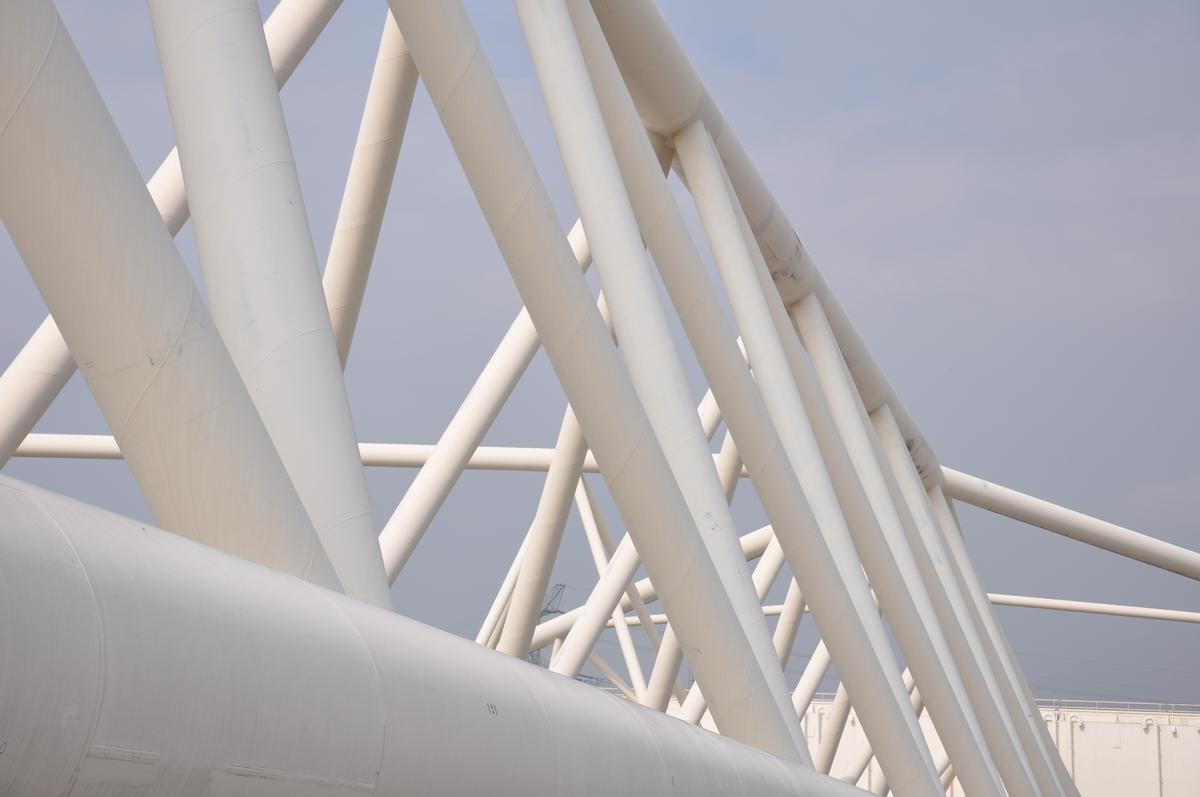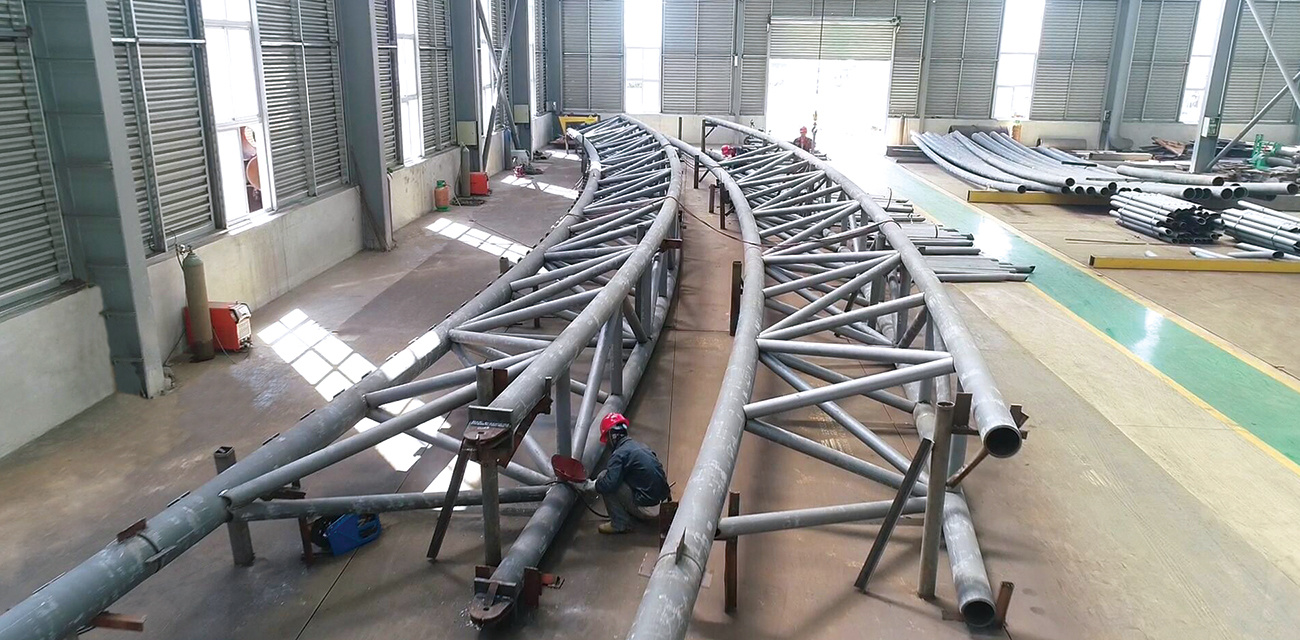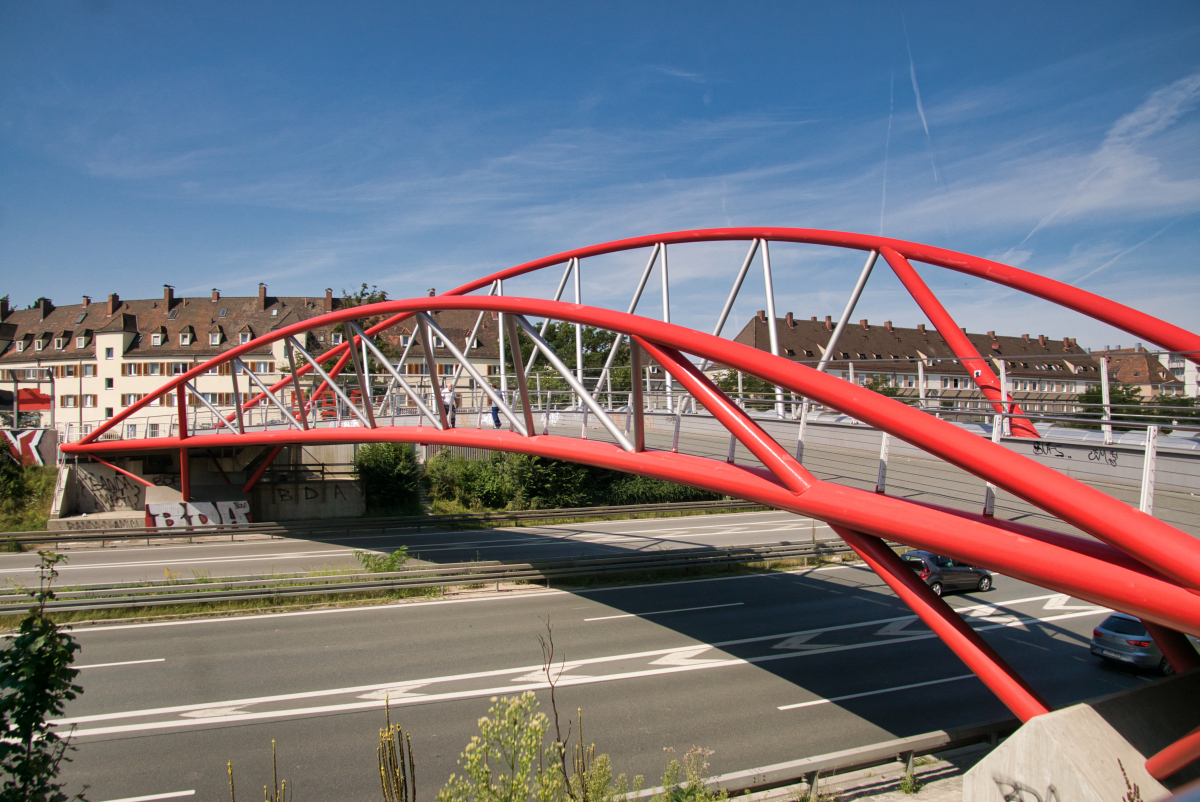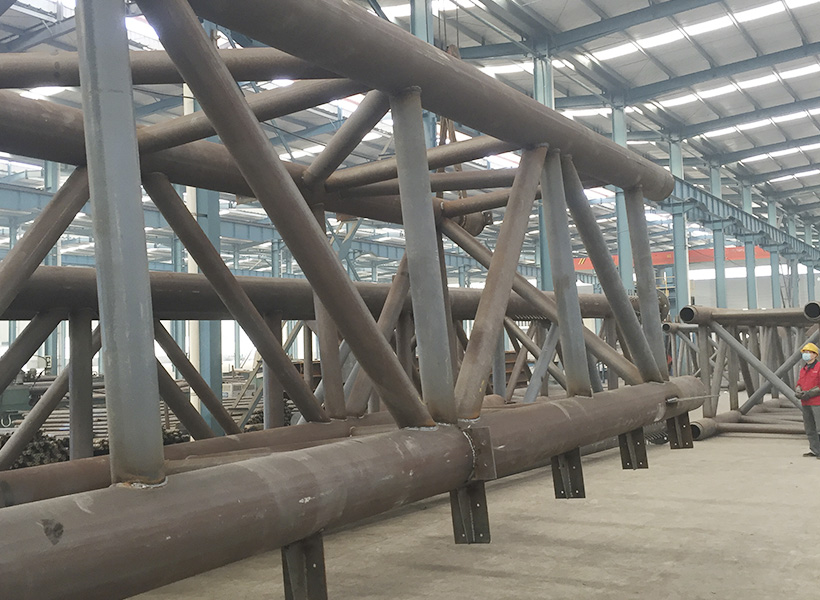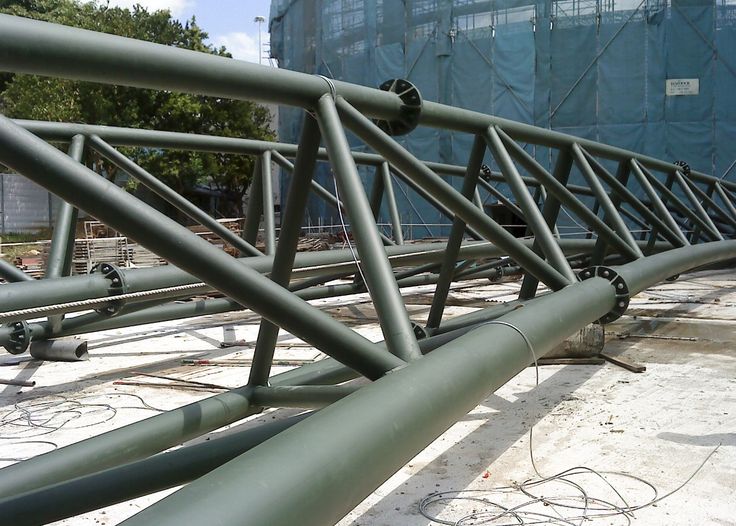The Lateral Stability of Trusses: Ensuring Structural Integrity
Introduction
Trusses are fundamental components in engineering and construction, utilized for their ability to efficiently support loads over large spans. However, their effectiveness is highly dependent on their lateral stability. Ensuring the lateral stability of trusses is crucial to prevent buckling, collapse, and other structural failures. This article explores the principles behind the lateral stability of trusses, key factors affecting it, methods to enhance stability, and the critical role of lateral bracing.
Understanding Trusses and Their Applications
Definition and Types of Trusses
A truss is a framework typically composed of triangular units connected at joints called nodes. The primary types of trusses include:
- Pratt Truss: Characterized by diagonals that slope towards the center under tension.
- Warren Truss: Features equilateral triangles, providing even load distribution.
- Howe Truss: Diagonals slope towards the ends under compression, commonly used in bridges and roofs.
Applications in Construction
Trusses are used in various structures due to their strength-to-weight ratio and ability to span long distances without intermediate supports. Common applications include:
- Bridges: Trusses provide the necessary support for roadway and railway bridges.
- Roofs: Used in residential and commercial buildings to support roof loads.
- Towers and Masts: Employed in communication towers and power transmission structures.
Principles of Lateral Stability
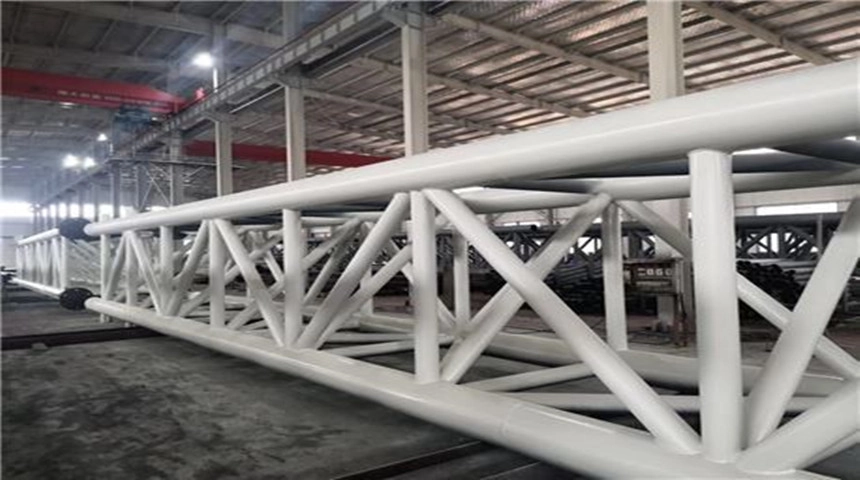
Definition of Lateral Stability
Lateral stability refers to a structure’s ability to resist lateral forces, such as wind or seismic activity, and prevent sideways movement or buckling. For trusses, maintaining lateral stability is essential to ensure the structure can carry the intended loads safely.
Factors Affecting Lateral Stability
Several factors influence the lateral stability of trusses, including:
- Geometry: The shape and size of the truss affect its stability. Triangular configurations are inherently more stable.
- Material Properties: The strength and elasticity of the materials used impact the truss’s ability to resist lateral forces.
- Support Conditions: The type and placement of supports determine how the truss responds to lateral loads.
- Load Distribution: Uneven or dynamic loads can compromise stability, making it essential to ensure balanced load distribution.
Lateral-Torsional Buckling
Lateral-torsional buckling is a critical failure mode for trusses, where the structure twists and bends laterally under load. Key aspects include:
- Critical Load: The maximum load a truss can bear before buckling occurs.
- Slenderness Ratio: The ratio of a member’s length to its cross-sectional dimensions, affecting susceptibility to buckling.
- Elastic and Inelastic Buckling: Buckling can occur within the elastic range (reversible deformation) or inelastic range (permanent deformation).
Methods to Enhance Lateral Stability
Bracing Systems
Bracing is a common technique to enhance lateral stability. Types of bracing include:
- Cross Bracing: Diagonal braces that connect opposite corners, forming an X-shape to resist lateral forces.
- K-Bracing: Braces form a K-shape, providing stability without obstructing internal space.
- V-Bracing: Diagonal braces form a V-shape, effective in distributing loads and enhancing stability.
Use of Gusset Plates
Gusset plates are flat, thick plates used to connect truss members. Benefits include:
- Increased Joint Strength: Gusset plates provide additional strength at connections, reducing the risk of joint failure.
- Load Distribution: Help distribute loads more evenly across the truss, enhancing overall stability.
- Ease of Installation: Gusset plates are relatively easy to install and can be customized for specific truss designs.
Optimizing Member Design
Designing truss members to optimize stability involves:
- Selecting Appropriate Cross-Sections: Using cross-sections that provide sufficient resistance to lateral forces.
- Ensuring Adequate Stiffness: Members should have enough stiffness to prevent excessive deformation under load.
- Material Selection: Choosing materials with high strength-to-weight ratios to improve stability without adding excessive weight.
The Role of Lateral Bracing
Importance of Lateral Bracing
Lateral bracing is crucial for preventing lateral-torsional buckling and ensuring the truss remains stable under various loads. Key roles include:
- Distributing Loads: Bracing helps distribute lateral loads more evenly, reducing the risk of localized buckling.
- Increasing Rigidity: Bracing systems add rigidity to the truss, preventing excessive lateral movement.
- Enhancing Safety: Proper bracing ensures the truss can safely support the intended loads, enhancing overall structural safety.
Types of Lateral Bracing
Various types of lateral bracing can be used, depending on the specific requirements of the truss. Common types include:
- Horizontal Bracing: Installed parallel to the truss, providing support against lateral forces in the horizontal plane.
- Vertical Bracing: Installed perpendicular to the truss, offering support against vertical and lateral forces.
- Diagonal Bracing: Diagonal braces provide support in both horizontal and vertical planes, offering comprehensive stability.
Design Considerations for Lateral Bracing
When designing lateral bracing, several factors must be considered:
- Compatibility with Truss Design: Bracing should be compatible with the overall truss design and not interfere with other structural elements.
- Load Paths: Ensuring clear load paths for lateral forces to be effectively transferred to the supports.
- Material Selection: Choosing materials with sufficient strength and stiffness to provide the necessary support.
- Ease of Installation: Bracing systems should be easy to install and maintain without compromising the truss’s functionality.
Conclusion
The lateral stability of trusses is a critical aspect of structural engineering, ensuring the safety and integrity of various constructions. By understanding the principles of lateral stability, the factors that influence it, and the methods to enhance it, engineers can design trusses that effectively resist lateral forces and prevent buckling. Implementing robust bracing systems, optimizing member design, and using appropriate materials are essential steps in achieving stable and reliable trusses. As construction demands continue to evolve, maintaining a focus on lateral stability will remain a cornerstone of safe and efficient structural design.

